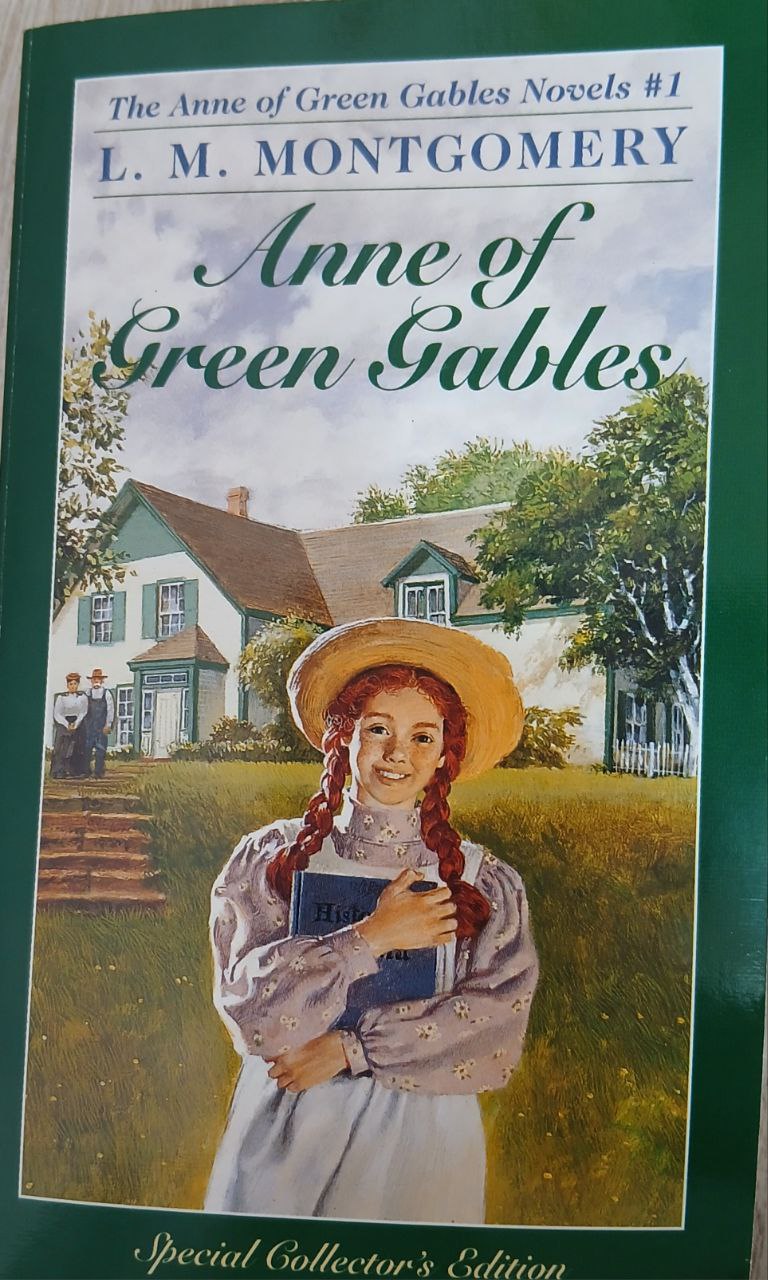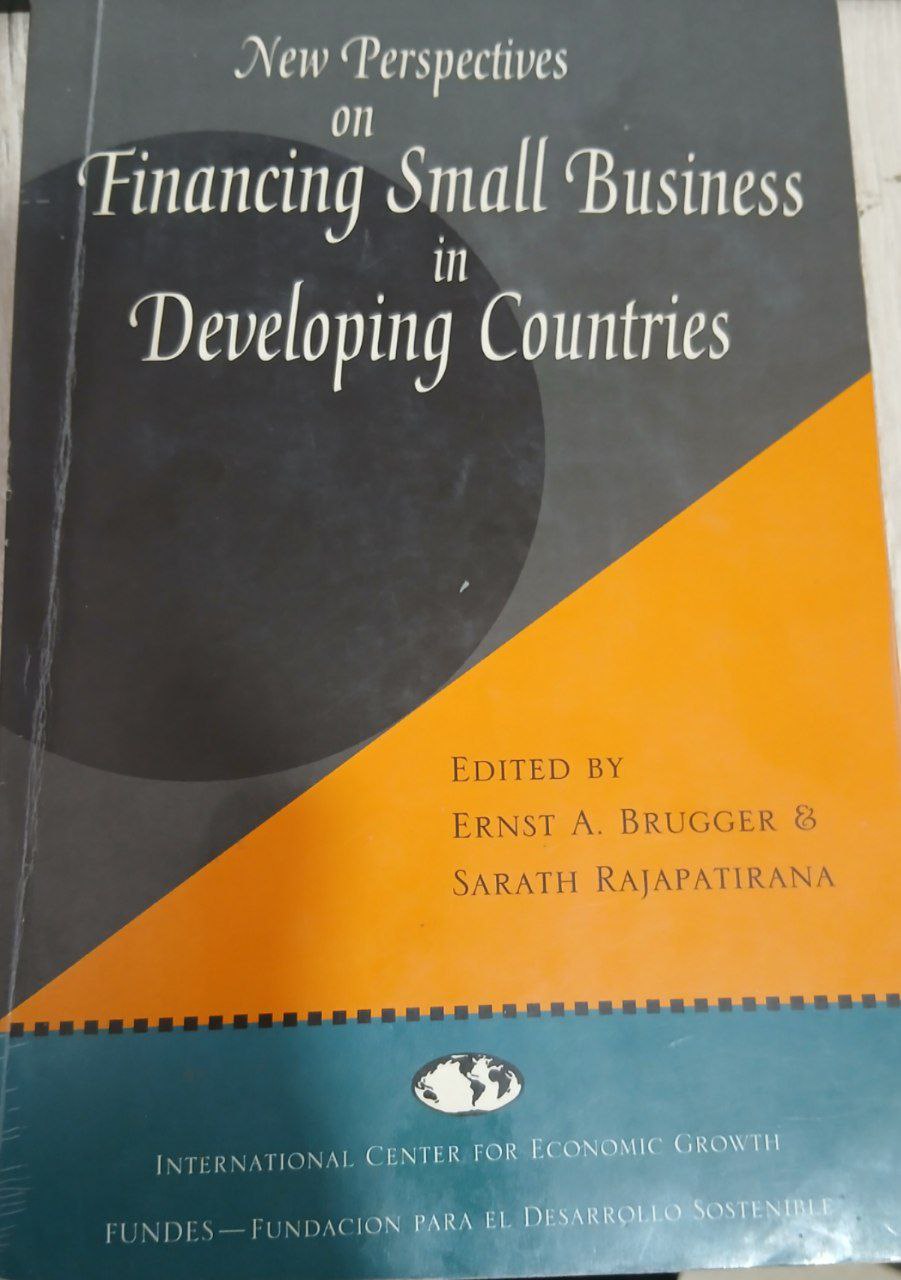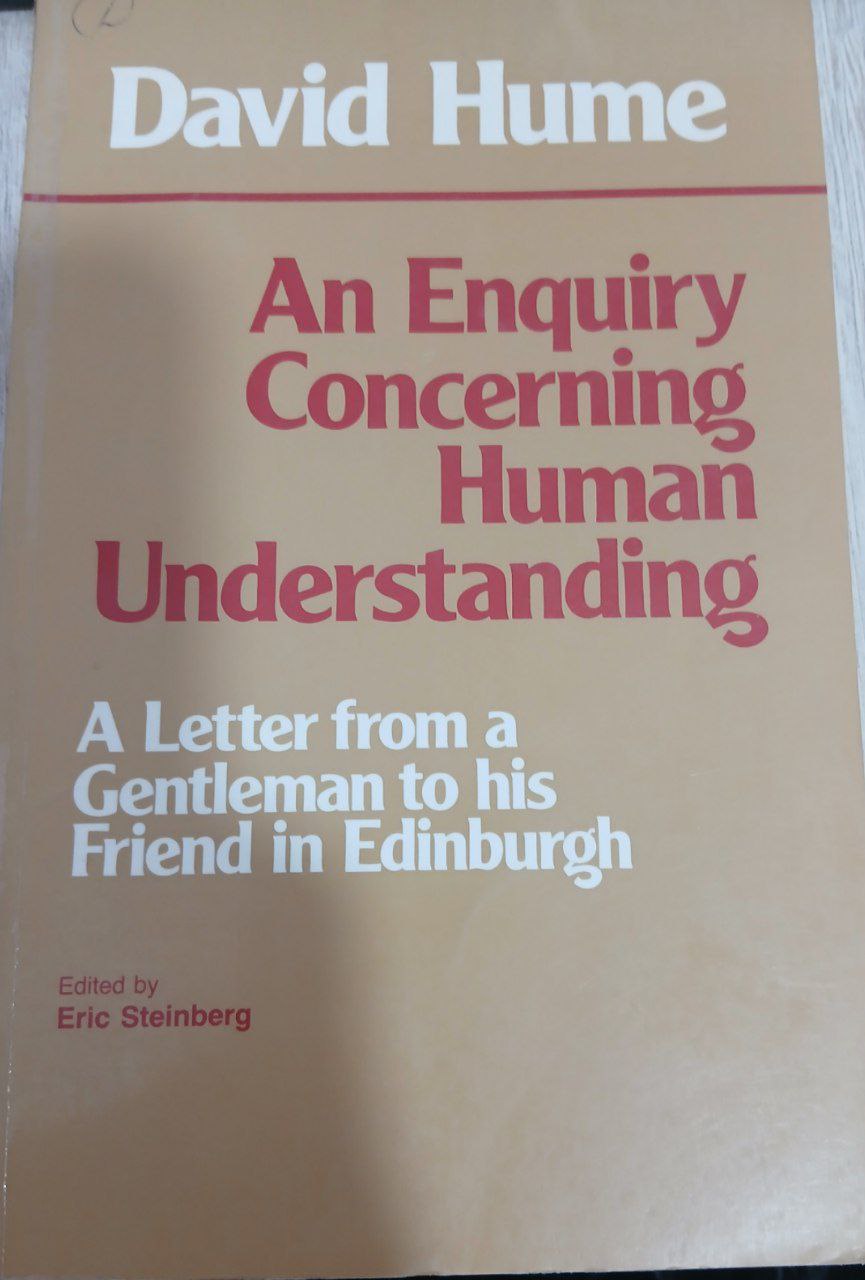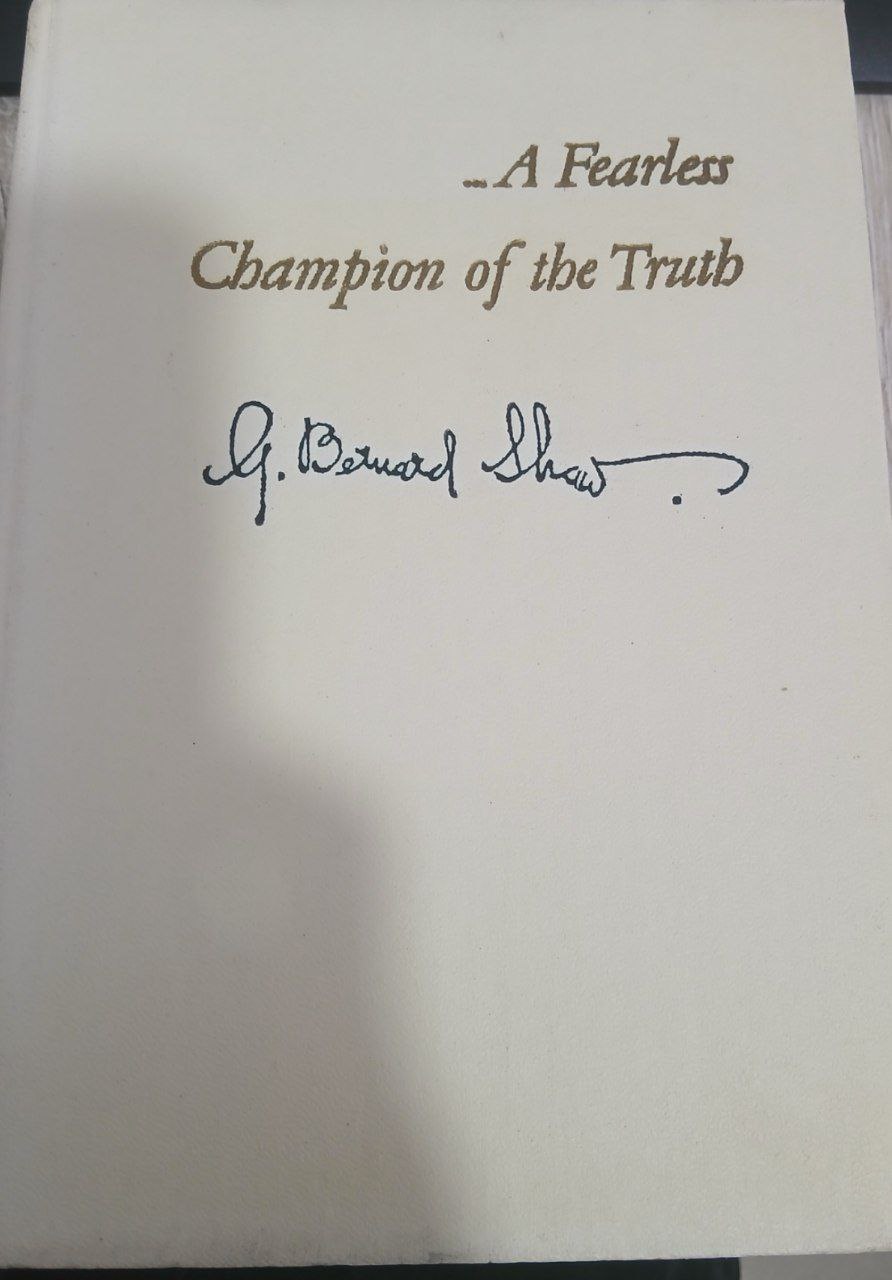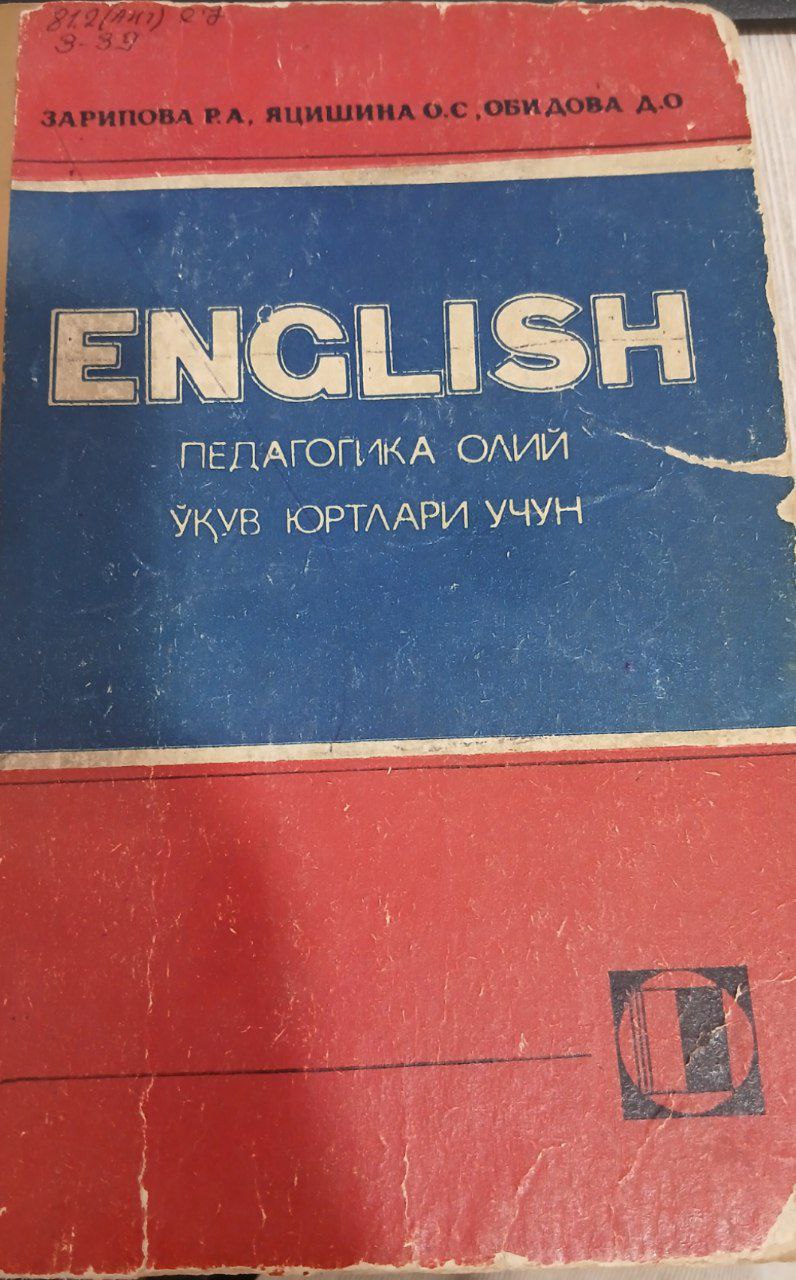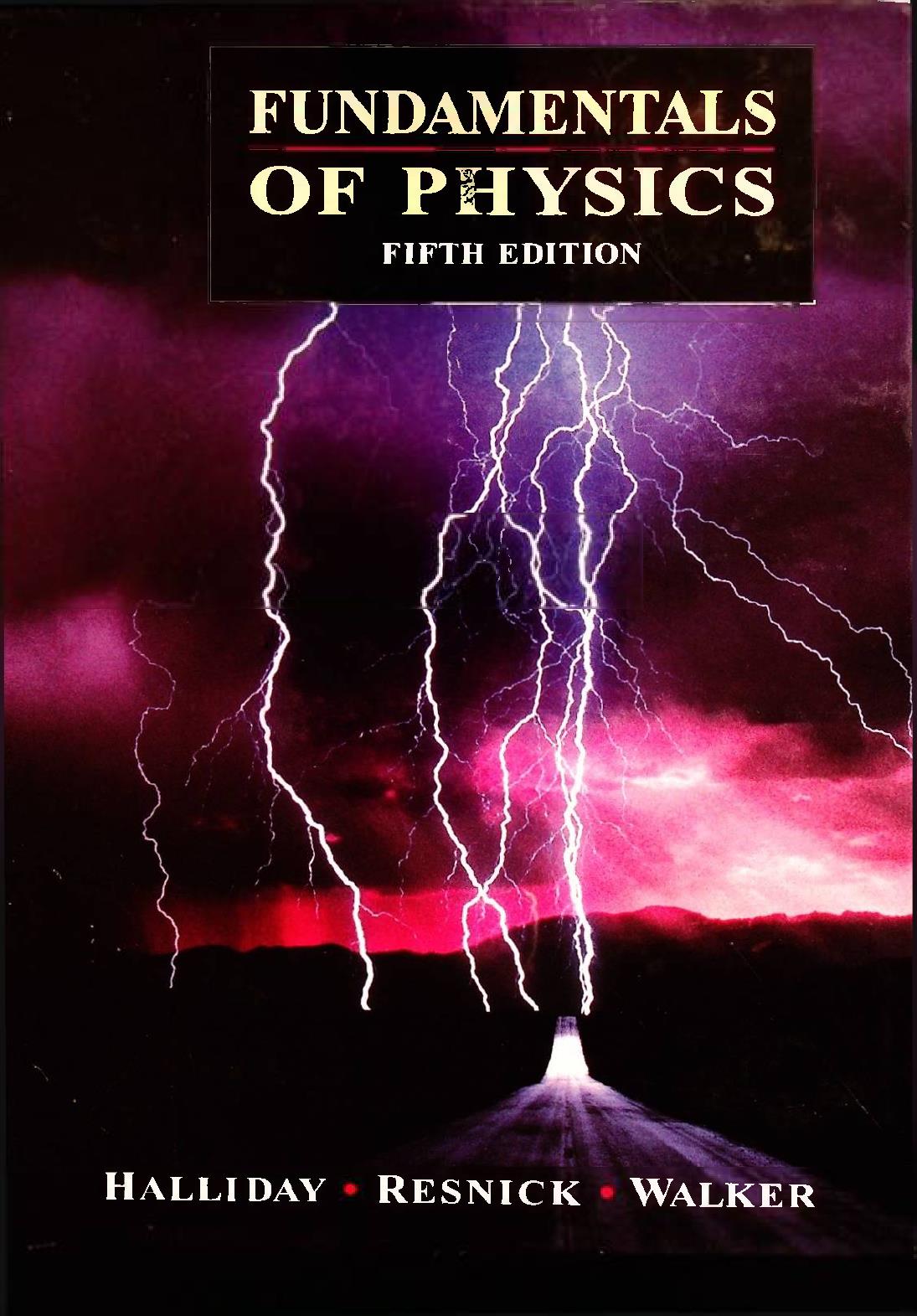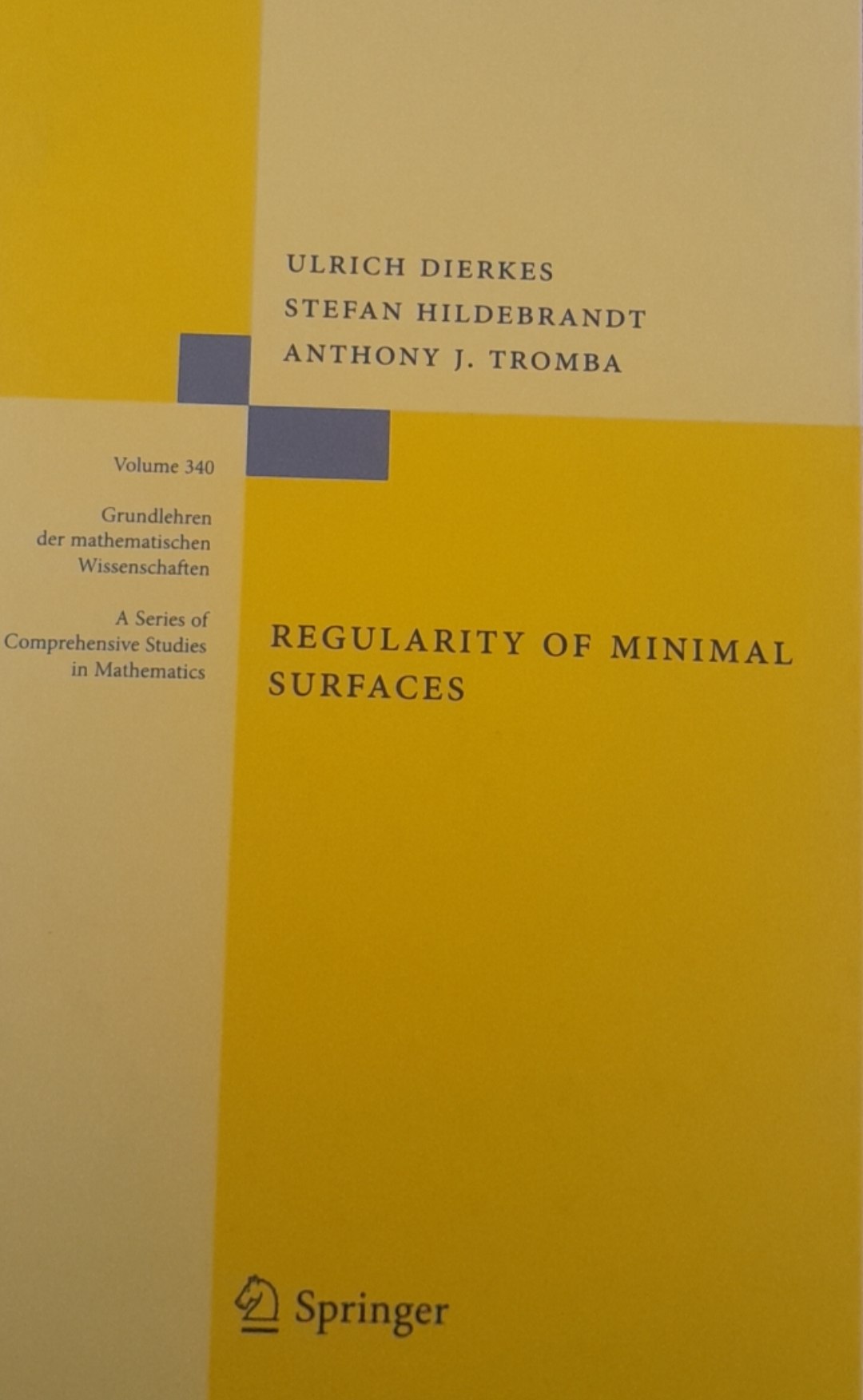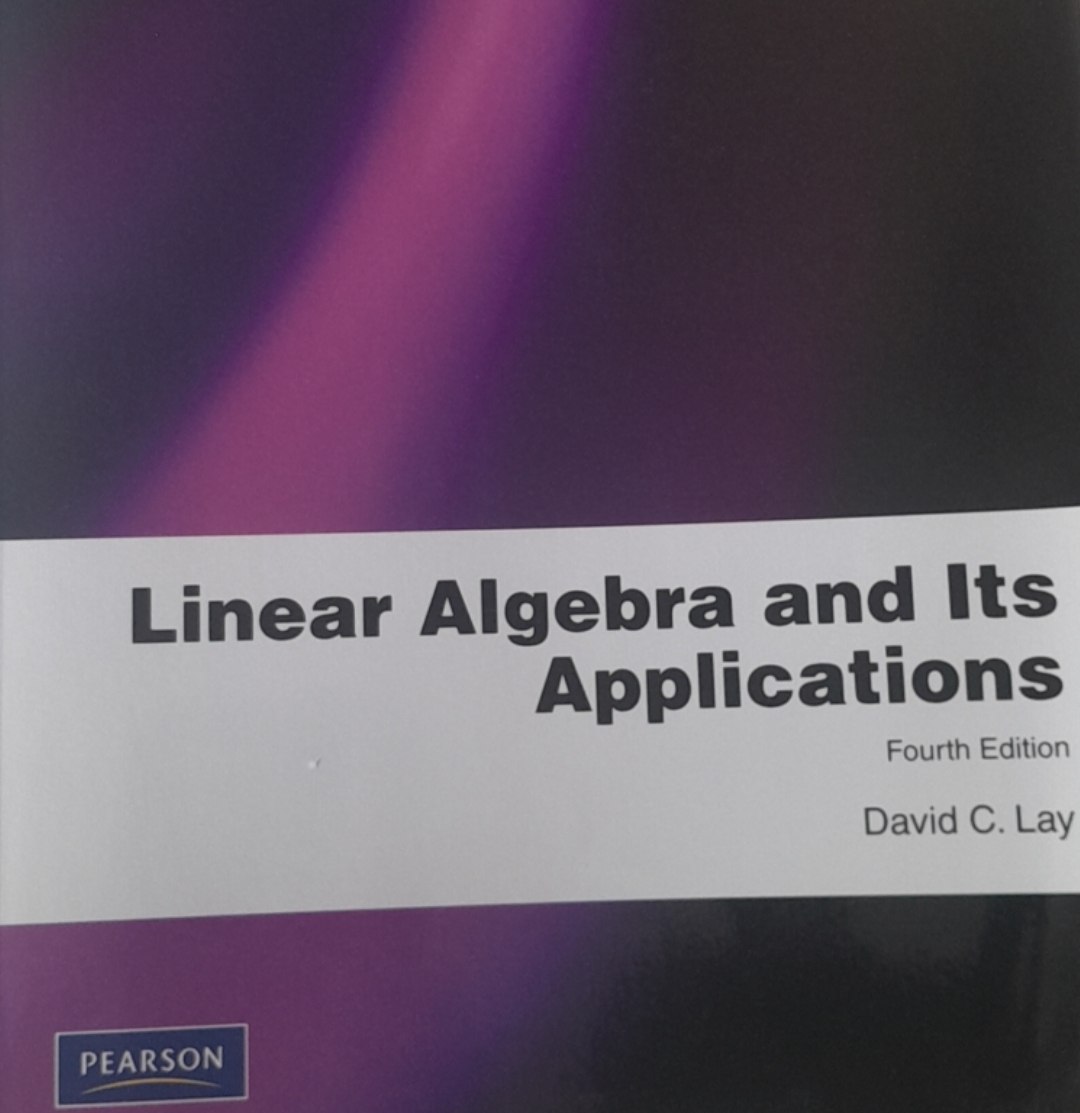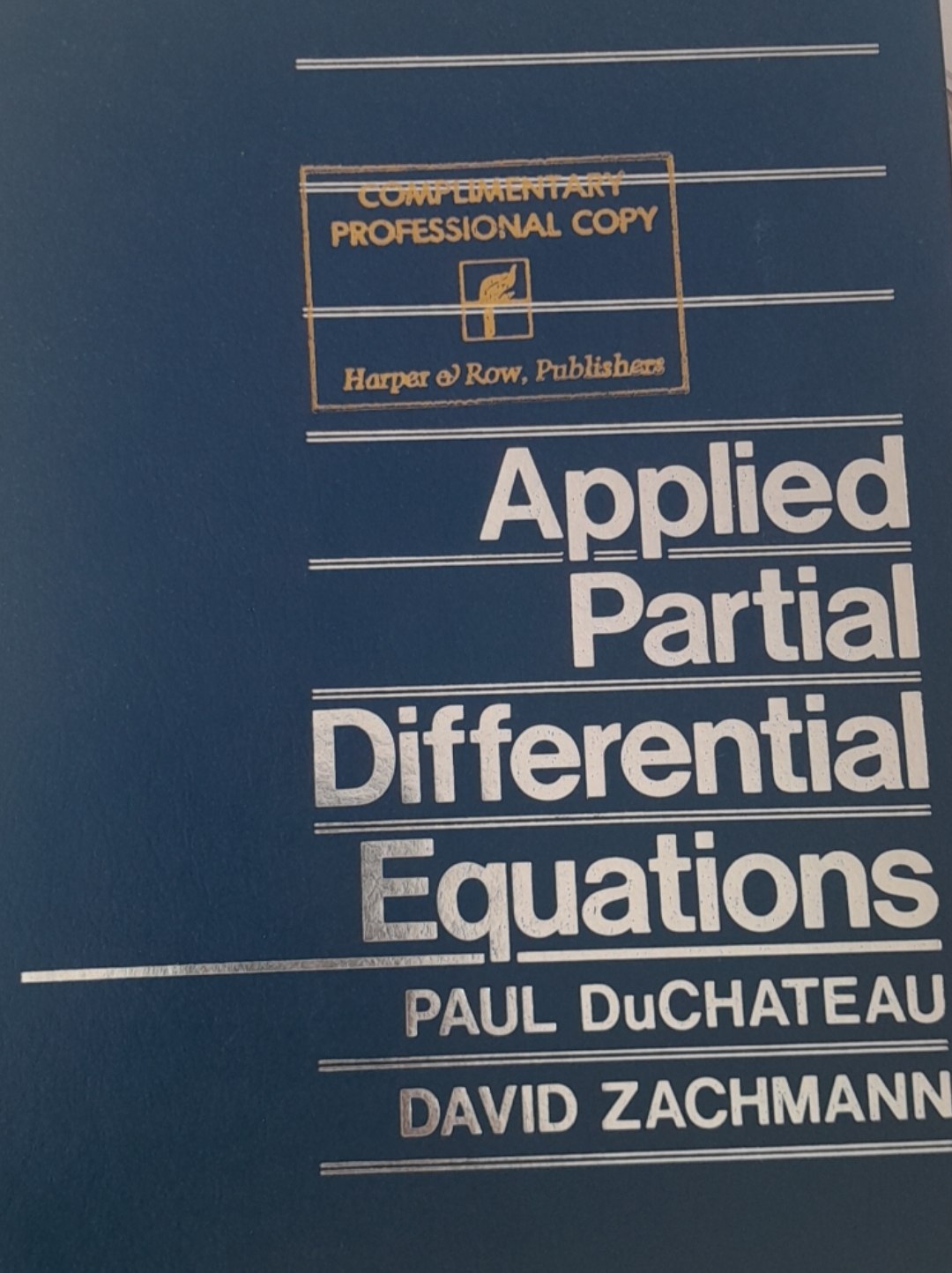-
-
-
-
-
-
Tilshunoslik,
-
-
-
-
-
-
-
Falsafa tarixi,
-
-
Matematika,
-
-
-
Iqtisodiyotni boshqarish. Menejment. Marketing. Iqtisodiy statistika. Hisob. Milliy hisob tizimi. Iqtisodiy tahlil,
-
Anna of Windy Poplars 4
L. M. Monotgomery,Anna of Windy Poplars is the fourth book in L. M. Montgomery's Anne of Green Gables series, published in 1936. The novel follows 22-year-old Anne Shirley as she takes on a new job as principal of Summerside High School in the town of Summerside, facing challenges with the influential Pringle family and adjusting to her new life at Windy Poplars. The story is primarily told through letters Anne exchanges with her fiancé, Gilbert Blythe, while he is away at medical school
-
Anne Of The Island 3
L.M.Montgomery,Anne of the Island is the third installment in L.M. Montgomery’s beloved Anne of Green Gables series. In this coming-of-age novel, Anne Shirley leaves the familiar comforts of Avonlea to pursue higher education at Redmond College. As Anne experiences the joys and challenges of independent life, she forms lasting friendships, faces romantic entanglements, and gradually matures into a confident young woman. The novel explores themes of identity, ambition, love, and the journey toward self-discovery. Most significantly, Anne comes to recognize the true nature of her feelings for her childhood friend, Gilbert Blythe. Rich with warmth, humor, and emotional depth, Anne of the Island captures the bittersweet beauty of growing up and finding one’s place in the world.
-
Anne of Avonlea 2
L.M.Montogomery,Anne of Avonlea contains supplementary materials such as historical context, author biographies, and explanations of literary devices to help readers understand the classic novel more deeply
-
Anne of Green Gables 1
L.M.Montgomery,Since its publication in 1908, Anne of Green Gables has been a continuous international best-seller, enjoying successful television adaptations on PBS and The Disney Channel, and captivating children and adults alike with the irresistible charms of its remarkable heroine, Anne Shirley.
-
The Rolling Stone Environmental Reader
Jann S.Wenner,New Perspectives on Financing Small Business in Developing Countries explores the challenges and opportunities surrounding access to finance for small and medium-sized enterprises (SMEs) in emerging economies. The book examines traditional and non-traditional financing mechanisms, including microfinance, venture capital, development banks, and innovative digital solutions.
-
New Perspectives on Financing Small Businiss in Developing Countries
Hanna Davidshofer,New Perspectives on Financing Small Business in Developing Countries explores the challenges and opportunities surrounding access to finance for small and medium-sized enterprises (SMEs) in emerging economies. The book examines traditional and non-traditional financing mechanisms, including microfinance, venture capital, development banks, and innovative digital solutions.
-
An Enqury Concerning Human Understanding
David Hume,David Hume’s An Enquiry Concerning Human Understanding is one of the most influential works in the history of philosophy. In this book, Hume develops his theory of human knowledge, exploring the nature of ideas, the limits of reason, and the principles of human understanding. He raises critical questions about causation, induction, free will, and the foundations of religion, making the work central to modern empiricism and skepticism.
-
The Spy
J.Fenimore Cooper,The Spy is a classic novel centered on themes of loyalty, intrigue, and patriotism against the backdrop of war. It follows the story of a man who becomes a secret agent, risking personal ties and safety to serve his country. The narrative explores his internal struggles, moral dilemmas, and the high stakes of espionage during tumultuous times.
-
A Fearless Champion of the Trutb
Selections From Shaw,A Fearless Champion of the Truth is a commemorative collection dedicated to the life, ideas, and works of George Bernard Shaw, one of the most influential dramatists, critics, and essayists of the twentieth century. Published by Progress Publishers in 1977, the book highlights Shaw’s fearless pursuit of truth, his sharp criticism of social injustice, and his unwavering commitment to progressive thought. It presents selected writings, reflections, and commentary that illustrate Shaw’s intellectual courage and his role as a moral voice of his time. This edition serves both as an introduction for new readers and as a valuable reference for scholars interested in Shaw’s contribution to literature and social criticism.
-
Beyond HTML
Richard Karpinskiy,Beyond HTML” by Richard Karpinski is a technical handbook aimed at web developers and designers who want to extend their skills past basic HTML. The book explores alternative markup languages and formats (such as SGML), multimedia and interactive technologies, real-time audio, virtual reality via VRML, and advanced scripting techniques. With detailed explanations and practical examples, it guides readers to build rich, multimedia web content that goes beyond static pages.
-
Mla Handbook for Writers of Research Papers
Joseph Gibaldi Walter S.Achtert,The MLA Handbook for Writers of Research Papers is a widely used reference guide that provides students and researchers with clear instructions on academic writing and documentation. It explains the principles of scholarly research, offers detailed guidelines for formatting papers, and sets standards for citing sources in the Modern Language Association (MLA) style. With examples, step-by-step explanations, and updated citation rules, the handbook is an essential resource for producing well-organized and academically sound research papers.
-
English
Zaripova R.A Obidova D.O,English is a comprehensive guide designed to help learners develop a solid understanding of grammar rules and their practical application. The book covers parts of speech, sentence structure, verb tenses, punctuation, and common usage patterns, providing clear explanations with numerous examples. Exercises and practice activities are included to reinforce learning and improve both written and spoken English. This textbook is suitable for students, teachers, and anyone who wishes to strengthen their command of the English language.
-
Astronomy The Evolving Universe
Michael Zeilik,This book has two main aspects. One to describe to you in readable form the full range of the astronomical universe. Two to introduce you to how astronomers think adout the cosmos so you can gain some understanding of its operation.
-
To Killa Mockingbird
Harper Lee,Harper Lee’s “To Kill a Mockingbird” (1960) is a classic American novel set in the Depression-era South. Through the eyes of young Scout Finch, the story explores themes of racial injustice, moral growth, and compassion. As Scout’s father, Atticus Finch, defends a Black man falsely accused of a crime, the novel examines the complexities of prejudice, innocence, and the struggle for justice. With its blend of powerful storytelling and social commentary, the book remains one of the most influential works of modern American literature
-
Marketing Management Knowledge and Skills.
J.Paul Peter, James H.Donnelly,All rights reserved. No part of this publication my be reproduced stored in a retrieval system or transmitted in any form on by any means, electronic, mechanical, photocopying, recording, or otherwise,without the prior written primission of the publisher.
-
-
Regularity of minimal surfaces
Ulrich Dierkes, Stefan Hildebrandt, Anthony J. Tromba,This work is subject to copyright. All rights are reserved, whether the whole or part of the material is concerned, specifically the right of translation, reprinting reuse of illustrations, recitation and storage in data banks
-
Linear Algebra and Its Applications
David C. Lay,Many of the designations by manufacturers and seller to distinguish their products are claimed as trademarks
-
Applied Partial Differential Equations
Paul DuChateau, David Zachmann,All rights reserved. Printed in the United States of America. No part of this book may be used or reproduced in any manner whatsoever without written permission, except in the case of brief quotations embodiednin critical articles and reviews
-
Marketing Insights from A to Z
P.Kotler,Designations used by companies to distinguish their products are often claimed as trademarks. In all instances where John Wiley & Sons, Inc. is aware of a claim, the product names appear in initial capital or all capital letters. Readers, however, should contact the appropriate companies for more complete information regarding trademarks and registration.




